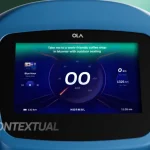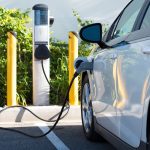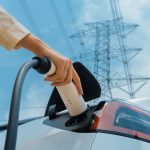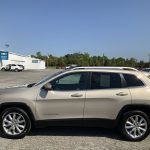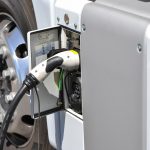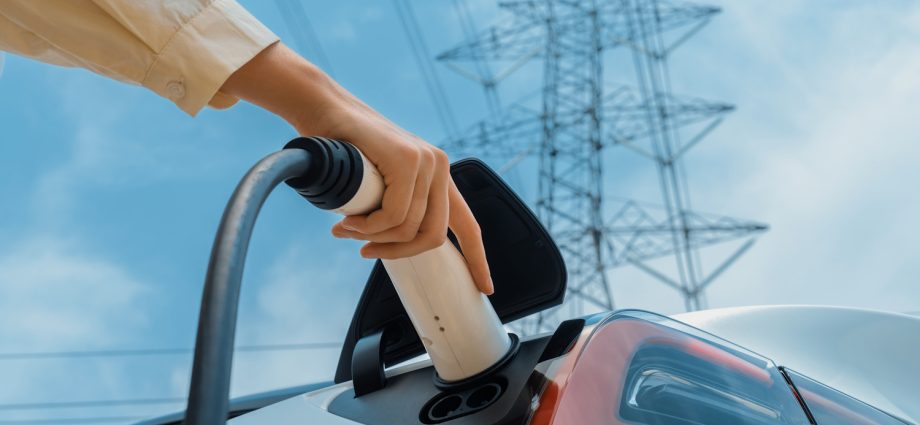Imagine this: you’re sitting at home during a summer blackout. The grid is down, but your lights are on, your fridge is humming, and you’re streaming a movie. The power isn’t coming from a noisy generator or a wall of batteries in your garage. It’s flowing from your electric car, parked right outside. This isn’t science fiction. This is the promise of Vehicle-to-Grid technology, or V2G.
Honestly, it flips the entire concept of a car on its head. Your vehicle is no longer just a tool for getting from A to B. It becomes a mobile energy storage unit, a backup power source, and even a way to earn a little money. Let’s dive into how this works and what it means for the future of your home’s energy.
What Exactly is Vehicle-to-Grid? The Two-Way Street
Think of a standard EV charger as a one-way street. Electricity flows from your house, through the charger, and into your car’s battery. Simple. V2G, and its close cousin Vehicle-to-Home (V2H), turns that street into a two-way highway.
With the right bi-directional charger and a compatible EV, energy can now flow back out of the car’s battery. It can power your house (V2H) or, even more impressively, be sent back to the local electricity grid (V2G) to help stabilize it. Your car becomes, in effect, a distributed power resource.
The Core Components You’ll Need
To make this magic happen, you can’t just use any old setup. Here’s what’s required:
- A Compatible Electric Vehicle: Not all EVs are created equal here. Currently, models using the CHAdeMO charging standard, like some older Nissan Leafs and Mitsubishi Outlanders, are the leaders. The good news? The industry is rapidly moving towards the CCS standard supporting bi-directional charging, with new models from Ford, Hyundai, and others joining the fray.
- A Bi-Directional Charger: This is the brains of the operation. It’s a specialized wall unit that doesn’t just charge your car but also manages the complex process of inverting the battery’s DC power back to AC power for your home or the grid. It’s a bit more of an investment than a standard charger.
- An Integrated Home Energy System: For this to be seamless, your charger needs to talk to your home’s electrical panel and, ideally, your solar panels if you have them. This often involves a critical load panel or a full-home integration system.
Why Would You Even Want This? The Tangible Benefits
Sure, it sounds cool. But what’s in it for you, practically speaking? Well, the advantages are surprisingly robust.
1. Rock-Solid Backup Power
This is the most immediate and understandable benefit. With a typical EV battery holding 60-100 kWh of energy, your car can power the essential circuits in an average home for several days. Think about that during wildfire season, hurricane threats, or just the increasingly common grid instability. It’s a silent, zero-emission generator that you already own.
2. Serious Money Savings and Even Earnings
Here’s where it gets interesting for your wallet. You can use your car’s battery to engage in what’s called “energy arbitrage.” That’s a fancy term for a simple idea: buy low, sell high.
Charge your car when electricity is cheap (like at night). Then, during peak demand hours in the afternoon or evening when rates are sky-high, use the stored energy from your car to run your house instead of pulling from the grid. You’re avoiding the most expensive power. Some utility programs are even starting to pay EV owners for the right to use their collective battery power to support the grid during times of extreme stress—like a virtual power plant.
3. Supercharging Your Solar Investment
If you have rooftop solar, V2H is a game-changer. Normally, excess solar energy you don’t use immediately gets sold back to the grid. But, you know, the rates for that aren’t always great. With a bi-directional EV, you can store that excess solar energy in your car’s battery for free. Then, use it to power your home at night. You maximize self-consumption of your own clean energy and minimize your reliance on the utility.
The Flip Side: Challenges and Things to Ponder
It’s not all sunshine and free electrons, of course. There are real hurdles.
The biggest concern for most people is battery degradation. Constantly cycling your car’s battery—charging and discharging it—will cause it to degrade over time. The key question is, how much? The technology and software are getting smarter, focusing on “grid-friendly” charging cycles that minimize wear and tear. The potential financial gains or savings need to outweigh the cost of potential long-term battery capacity loss. It’s a calculation every owner will have to make.
Then there’s the upfront cost. Bi-directional chargers are still a niche product and carry a higher price tag. And, frankly, the ecosystem is fragmented. A lack of universal standards and supportive utility programs everywhere can make it a bit of a headache to set up.
V2G vs. V2H: A Quick Breakdown
It’s easy to mix these terms up. Here’s the core difference at a glance.
| Feature | Vehicle-to-Home (V2H) | Vehicle-to-Grid (V2G) |
| Energy Flow | Car → Home | Car → Home → Grid |
| Primary Use | Backup power, maximizing solar self-use | All V2H uses, plus grid services & earning money |
| Complexity | Lower (manages one house) | Higher (must sync with utility grid) |
| Current Availability | Easier to implement | Dependent on specific utility programs |
The Road Ahead
So, where does this all leave us? The integration of our vehicles and our homes isn’t a distant dream; it’s an emerging reality. As more bi-directional EVs hit the market, costs will fall, and standards will solidify. Utilities, facing the dual challenge of retiring old power plants and meeting soaring demand from AI and electrification, will increasingly see our collective EV batteries as a critical resource.
We’re moving towards a world where your car pays for its parking spot by providing power to a local supermarket, or where your entire neighborhood avoids a blackout because a dozen EVs automatically responded to a grid alert. It’s a future that’s not just about cleaner transportation, but a smarter, more resilient, and frankly, more democratic energy system. And your driveway is right at the center of it.






